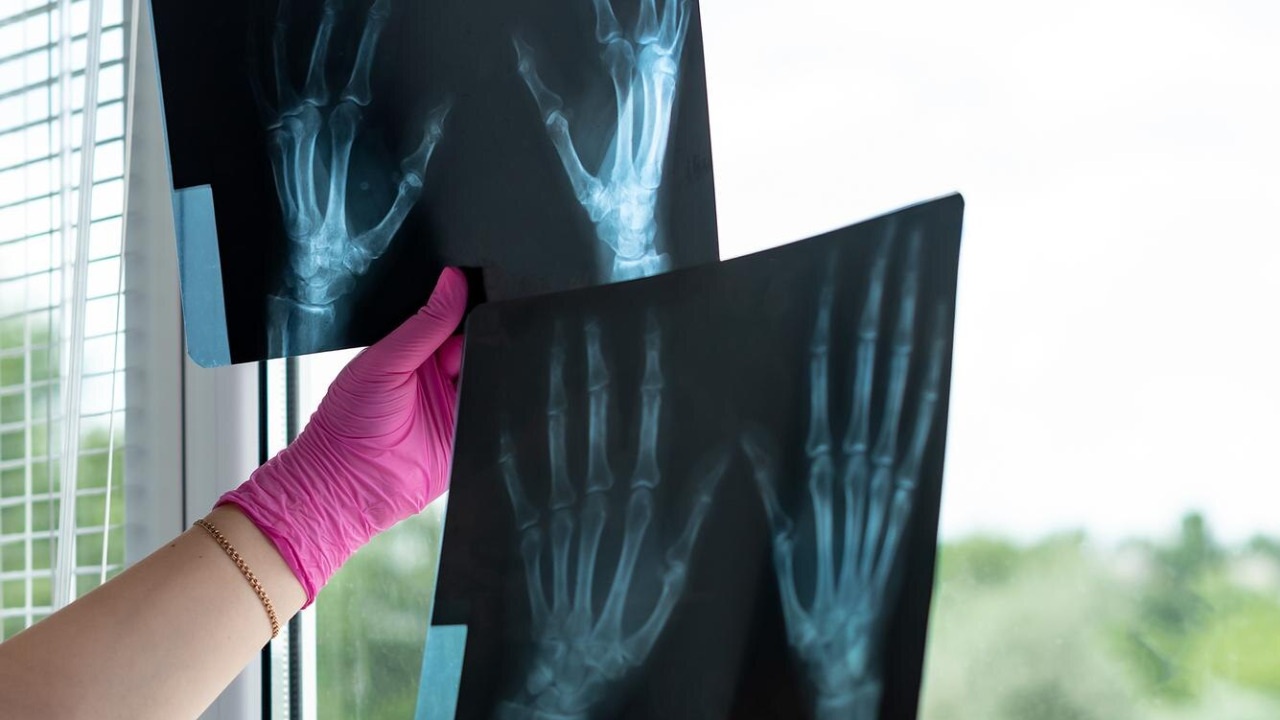
In a significant leap forward for regenerative medicine, researchers at Texas A&M have discovered a single protein, FGF8, capable of regenerating an entire finger joint in animal models. This breakthrough, detailed in recent studies, shows how FGF8 triggers the regrowth of complex joint structures, including cartilage and bone, sparking optimism for the future of human limb regeneration therapies.
The Role of FGF8 in Joint Regeneration
FGF8, or Fibroblast Growth Factor 8, is a signaling protein that plays a crucial role in promoting cell proliferation and differentiation in developing limbs. The protein essentially acts as a communication channel, instructing cells on how and when to grow. In the context of joint regeneration, FGF8 has shown remarkable capabilities. In experiments conducted at Texas A&M, FGF8 was able to fully regenerate a finger joint, including the restoration of synovial fluid and connective tissues, a feat previously thought to be beyond the reach of modern medicine.
What makes FGF8 particularly interesting is its ability to mimic embryonic growth signals to rebuild adult joint architecture without scarring. This is a significant departure from traditional healing processes, which often result in scar tissue formation and limited functional recovery. The ability of FGF8 to regenerate complex joint structures without scarring opens up new possibilities for regenerative therapies.
Experimental Methods at Texas A&M
The researchers at Texas A&M employed mouse models for their experiments, genetically introducing FGF8 to amputated finger sites. This led to complete joint regrowth, a testament to the regenerative power of the protein. The study, which was initiated prior to the reporting date of November 13, 2025, involved the controlled application of the protein via targeted injections, ensuring that the protein was delivered precisely where it was needed.
To confirm the success of the regeneration, the researchers used advanced imaging techniques, such as micro-CT scans. These scans provided detailed images of the regenerated joint, confirming that its structural integrity matched that of natural anatomy. This level of detail was crucial in verifying the success of the FGF8-driven regeneration.
Implications for Limb Regrowth Therapies
The findings from the Texas A&M study could have far-reaching implications for limb regrowth therapies. If FGF8’s regenerative capabilities can be scaled, it could potentially be used to regenerate larger limb segments, such as forearms. This could revolutionize the treatment of amputation injuries, providing a new avenue for recovery beyond prosthetics and transplants.
However, translating this success from animal models to human clinical trials is not without its challenges. One of the key concerns is the potential for protein overexpression, which could lead to unintended side effects. As such, rigorous safety assessments will be necessary before FGF8 can be used in human therapies.
Comparison to Existing Regeneration Research
The FGF8-driven joint regrowth observed in the Texas A&M study represents a significant advancement over previous regeneration research. For instance, while salamander limb regeneration has shown promise, it relies on similar signaling pathways and has only achieved partial success. The use of FGF8, on the other hand, has resulted in complete joint regrowth, a significant step forward.
Furthermore, the Texas A&M study goes beyond prior protein studies, which focused primarily on bone repair. By demonstrating the ability to regenerate complex joint structures, the study opens up new possibilities for regenerative therapies. In addition, FGF8 could potentially be used in conjunction with stem cell therapies, enhancing tissue integration in hybrid approaches.
Future Directions and Ethical Considerations
Following the success of their initial study, the researchers at Texas A&M plan to test FGF8 in larger mammals. These follow-up studies, which will commence post-November 13, 2025, will provide further insight into the protein’s regenerative capabilities and potential applications in human therapies.
However, the use of genetic modification for regeneration raises several ethical issues. One of the key concerns is the risk of unintended tissue overgrowth, which could have serious health implications. Furthermore, the timeline for FDA approvals remains uncertain, although the targeted action of FGF8, which minimizes off-site effects, could potentially expedite the process.
Despite these challenges, the discovery of FGF8’s regenerative capabilities represents a significant step forward in the field of regenerative medicine. As research continues, the hope is that this protein could one day be used to restore function to those who have lost limbs, dramatically improving their quality of life.
More from MorningOverview